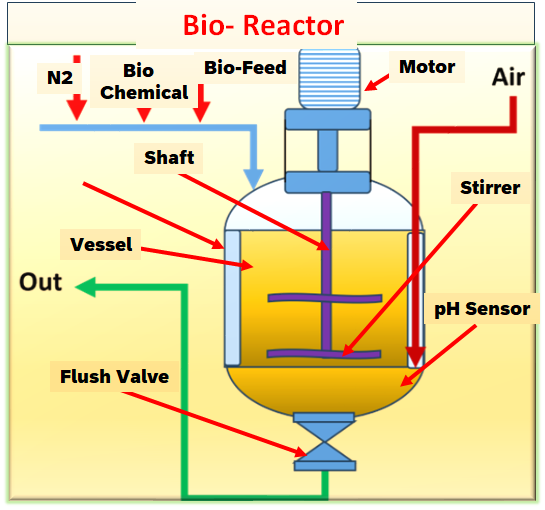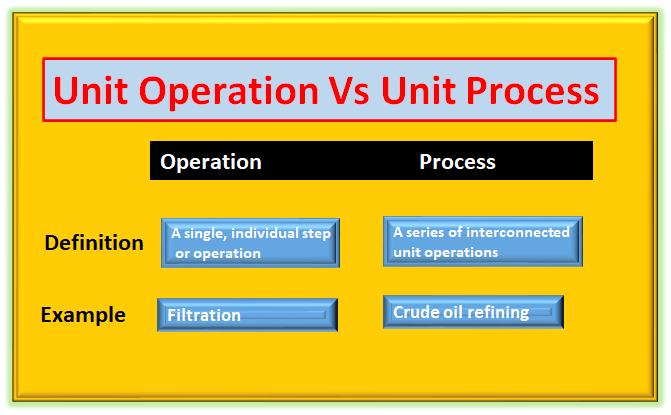What is bioreactor and its types
What is bioreactor and its types: Harnessing Nature for Industrial Applications
Introduction
The world of biotechnology has seen remarkable advancements over the years, enabling us to harness the power of living organisms to improve various industrial processes. At the heart of many biotechnological endeavors lies a fascinating device known as the bioreactor. Bioreactors are sophisticated vessels that provide an optimized environment for the growth and proliferation of living cells or microorganisms. These versatile devices play a crucial role in numerous fields, including pharmaceuticals, environmental science, agriculture, and biofuel production. In this article, we delve into the concept of bioreactors, their importance, and the various types that are used in modern applications.
What is a Bioreactor?
A bioreactor is a controlled environment that facilitates the growth of biological agents, such as cells, bacteria, fungi, or enzymes, under carefully monitored conditions. The primary objective is to encourage these organisms to carry out specific biochemical reactions, leading to the production of valuable products or substances. The design of bioreactors ensures that the organisms receive optimal conditions for growth, such as temperature, pH levels, oxygen supply, nutrient availability, and agitation.
what is reactor in chemical engineering
Bioreactors are commonly employed in bioprocessing, a technique that utilizes biological systems to produce chemicals, biofuels, pharmaceuticals, enzymes, and other high-value products. The precise control over environmental conditions in a bioreactor is crucial to achieving high yields, reducing production costs, and maintaining the purity and consistency of the final product.
Types of Bioreactors

There are various types of bioreactors, each designed to cater to specific needs based on the type of organisms or cells being cultivated and the desired end product. Here are some common types of bioreactors:
- Stirred-Tank Bioreactor (Continuous Stirred-Tank Reactor – CSTR):
The stirred-tank bioreactor is one of the most widely used types. It consists of a large cylindrical vessel with an impeller or stirring mechanism to ensure uniform mixing of the culture medium and the microorganisms. CSTR operates in a continuous mode, where fresh nutrient media is continuously added while the spent medium is removed. This type is suitable for processes that require stable and continuous production. - Airlift Bioreactor:
The airlift bioreactor employs air bubbling to promote circulation of the culture medium. It eliminates the need for mechanical stirring, reducing the chance of damage to delicate cells. The rising air bubbles create a gentle lift, allowing microorganisms to move between the bottom and top parts of the vessel. Airlift bioreactors are preferred for sensitive cell cultures and are energy-efficient. - Photobioreactor:
This specialized bioreactor utilizes light, typically from artificial sources or sunlight, to facilitate photosynthetic reactions. Photobioreactors are primarily used for growing algae, cyanobacteria, and other photosynthetic microorganisms to produce biofuels, food supplements, and other products, What is bioreactor and its types. - Packed Bed Bioreactor:
In a packed bed bioreactor, the microorganisms are immobilized within a solid support matrix, such as sponge-like material or beads. The immobilization allows for easier separation of cells from the final product and enhances stability during long-term operation. - Fluidized Bed Bioreactor:
This type of bioreactor keeps the microorganisms suspended in the culture medium through a continuous flow of liquid. It provides better mixing and a higher surface area for nutrient exchange, enabling efficient mass transfer and high productivity.
Conclusion
What is bioreactor and its types :-Bioreactors have revolutionized industrial processes by harnessing the potential of living organisms to produce valuable products and substances. The ability to control environmental conditions and optimize growth parameters has made bioreactors indispensable tools in various fields, including medicine, agriculture, and energy production. As technology continues to advance, bioreactors are likely to play an even more significant role in addressing global challenges and shaping the future of biotechnology.
what is reactor in chemical engineering
unit operation and unit process
what is bioreactor?





